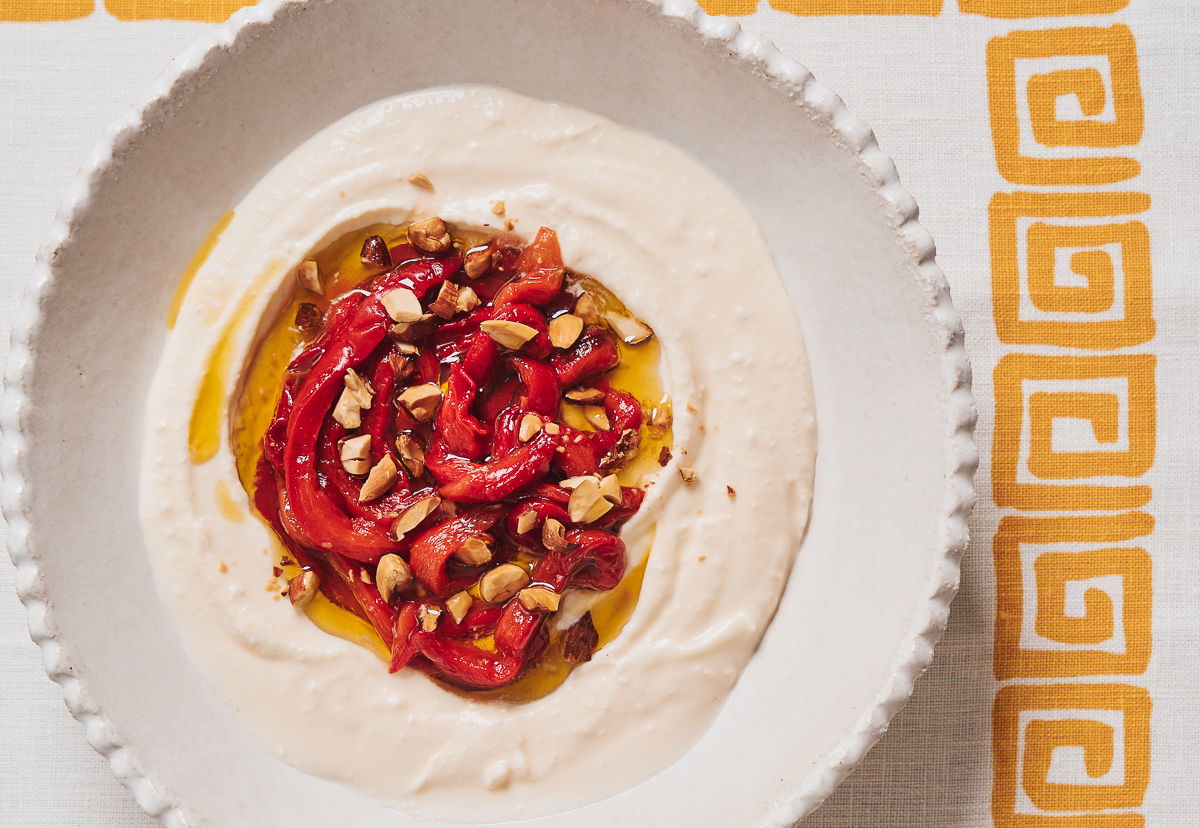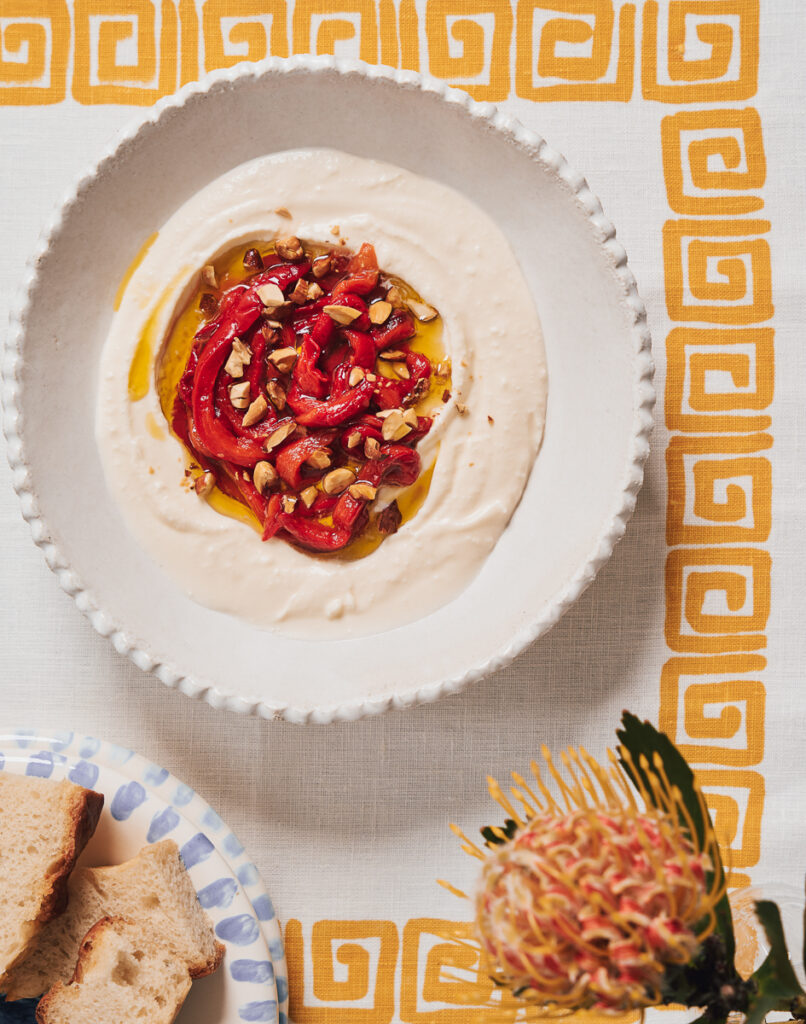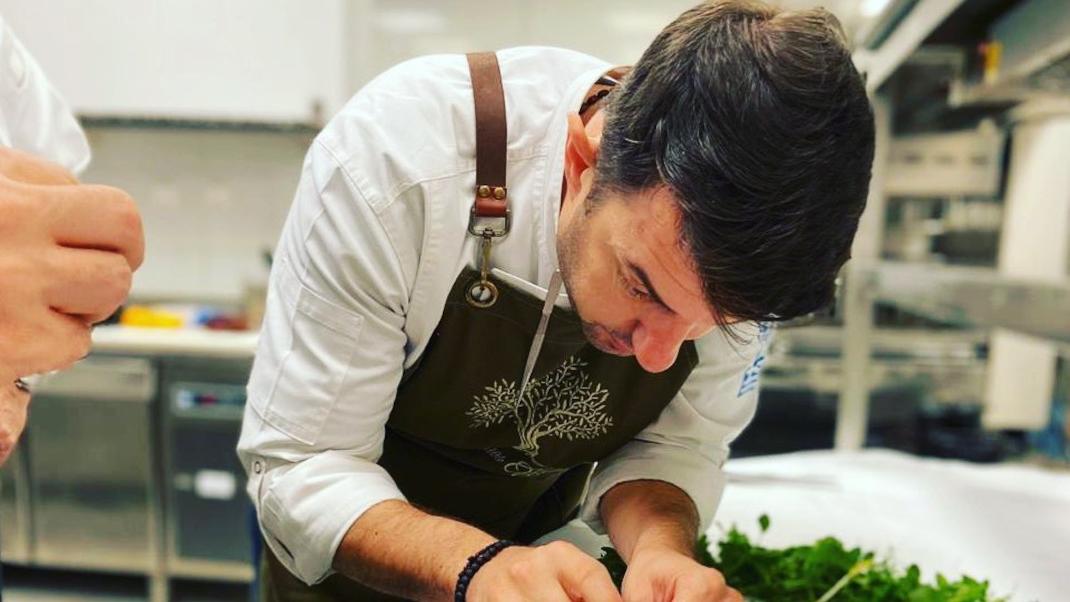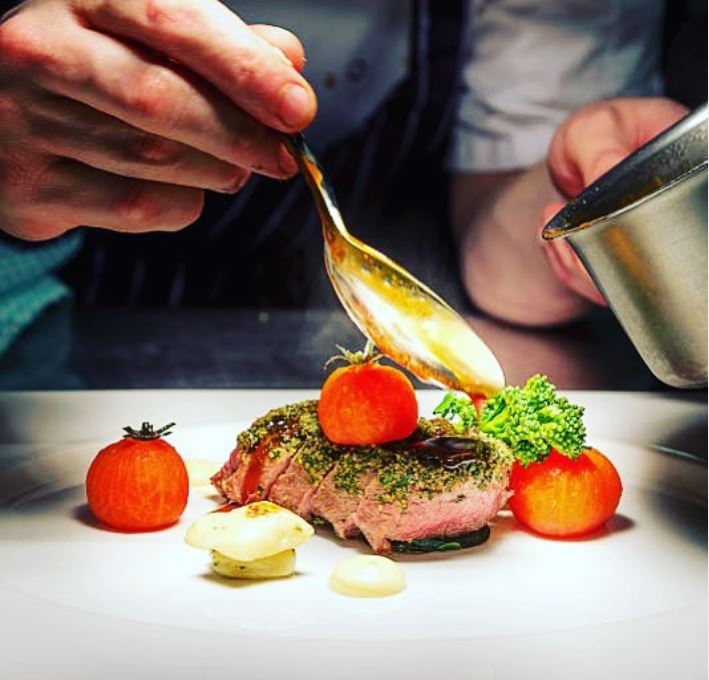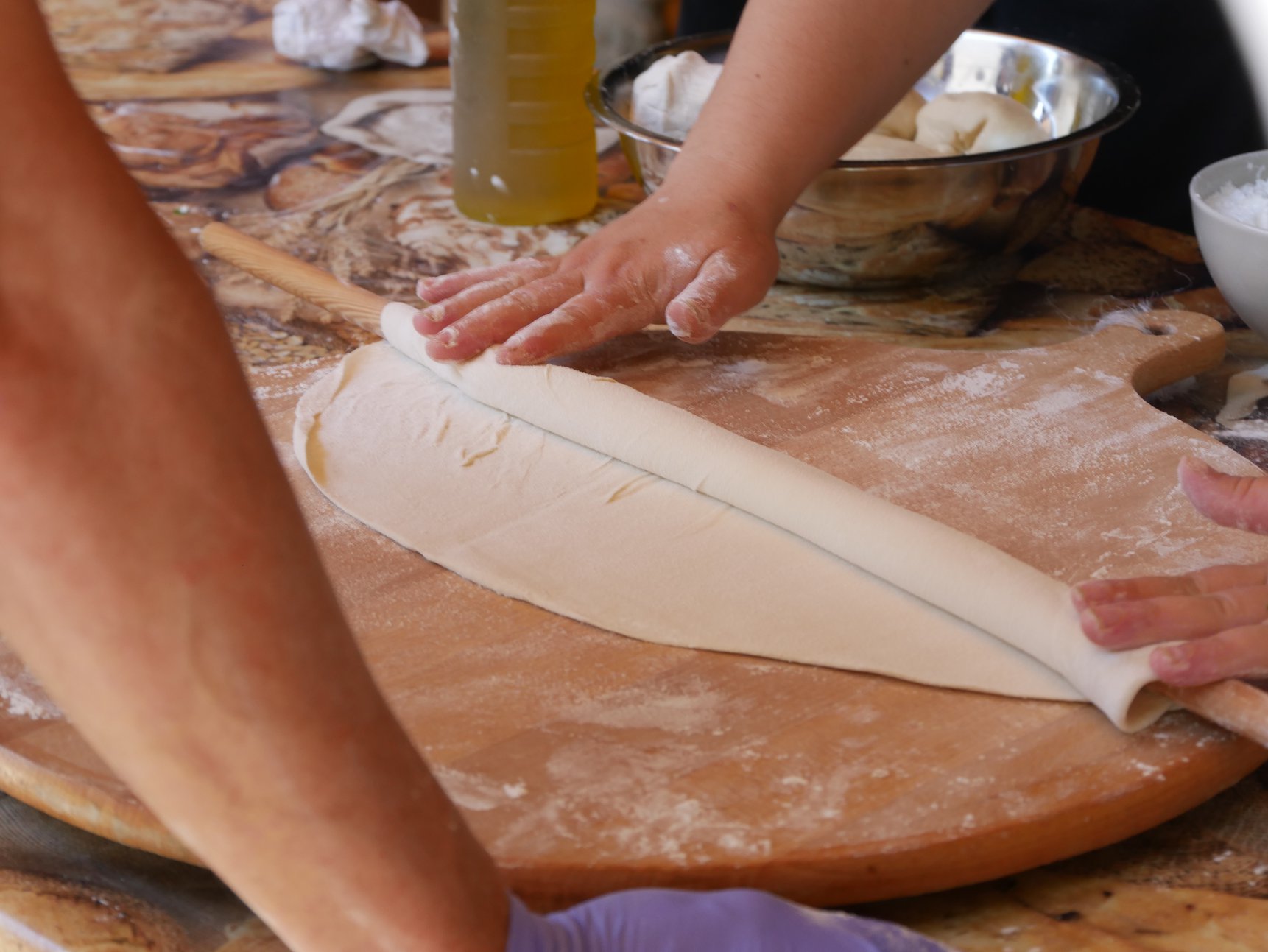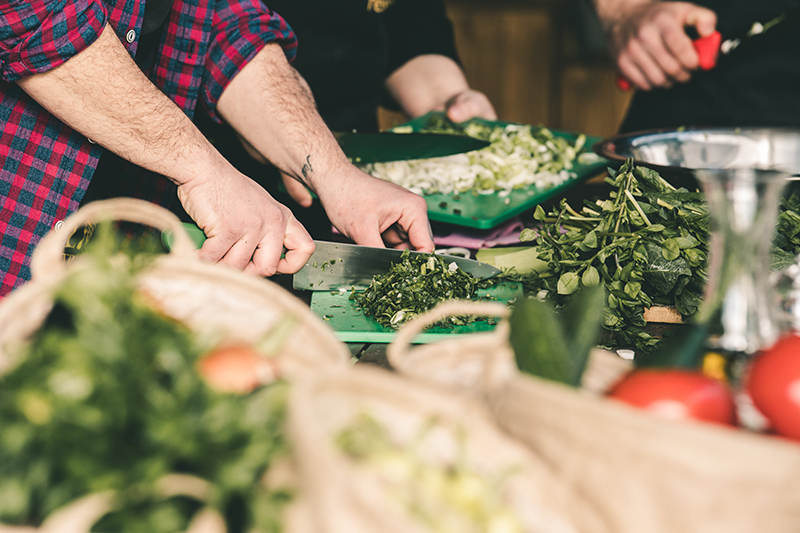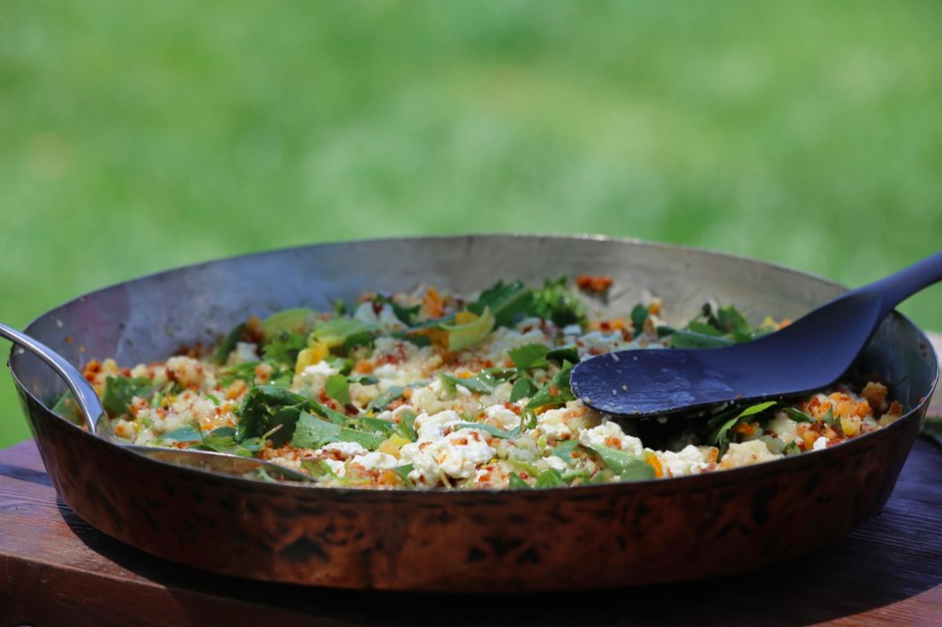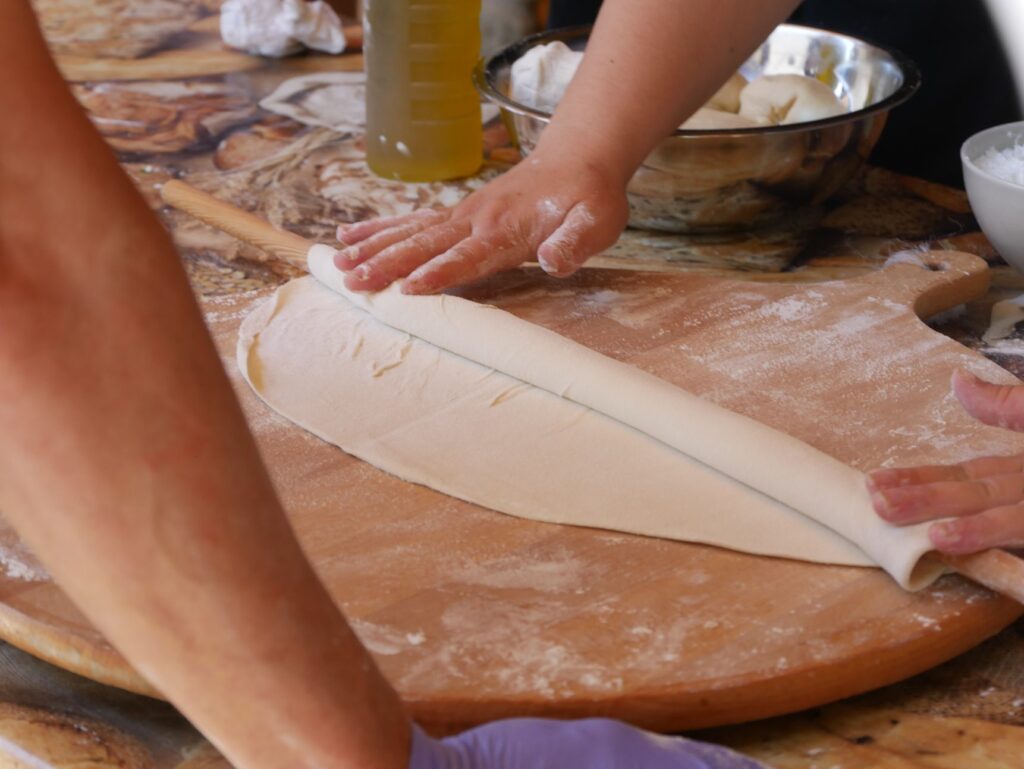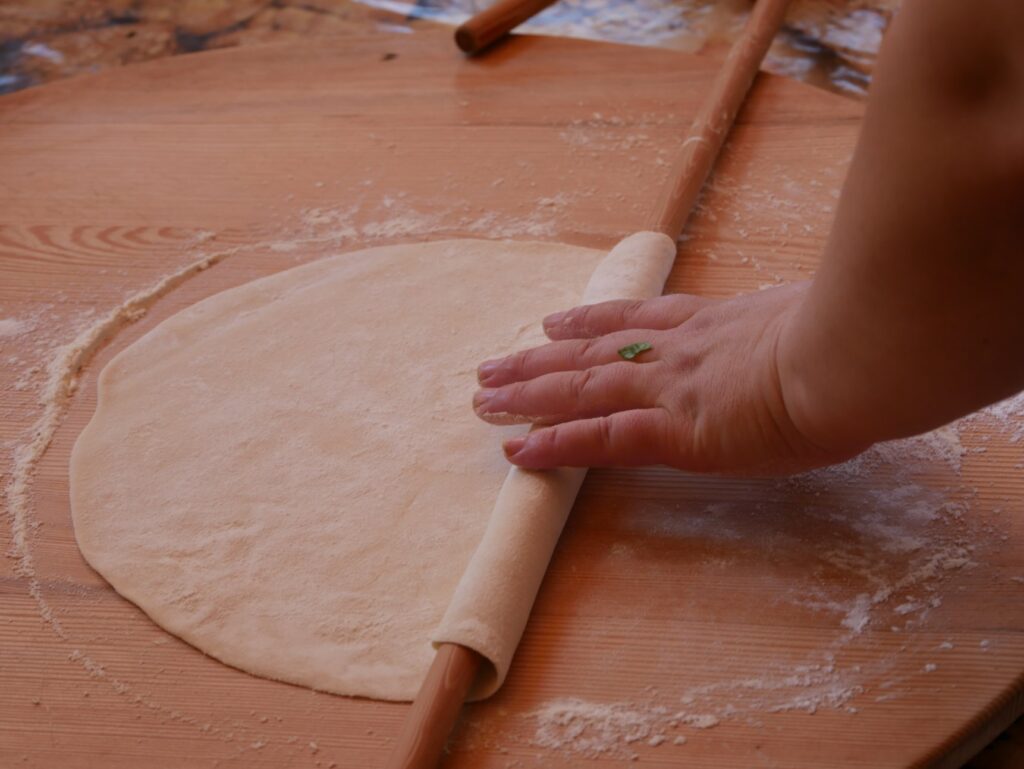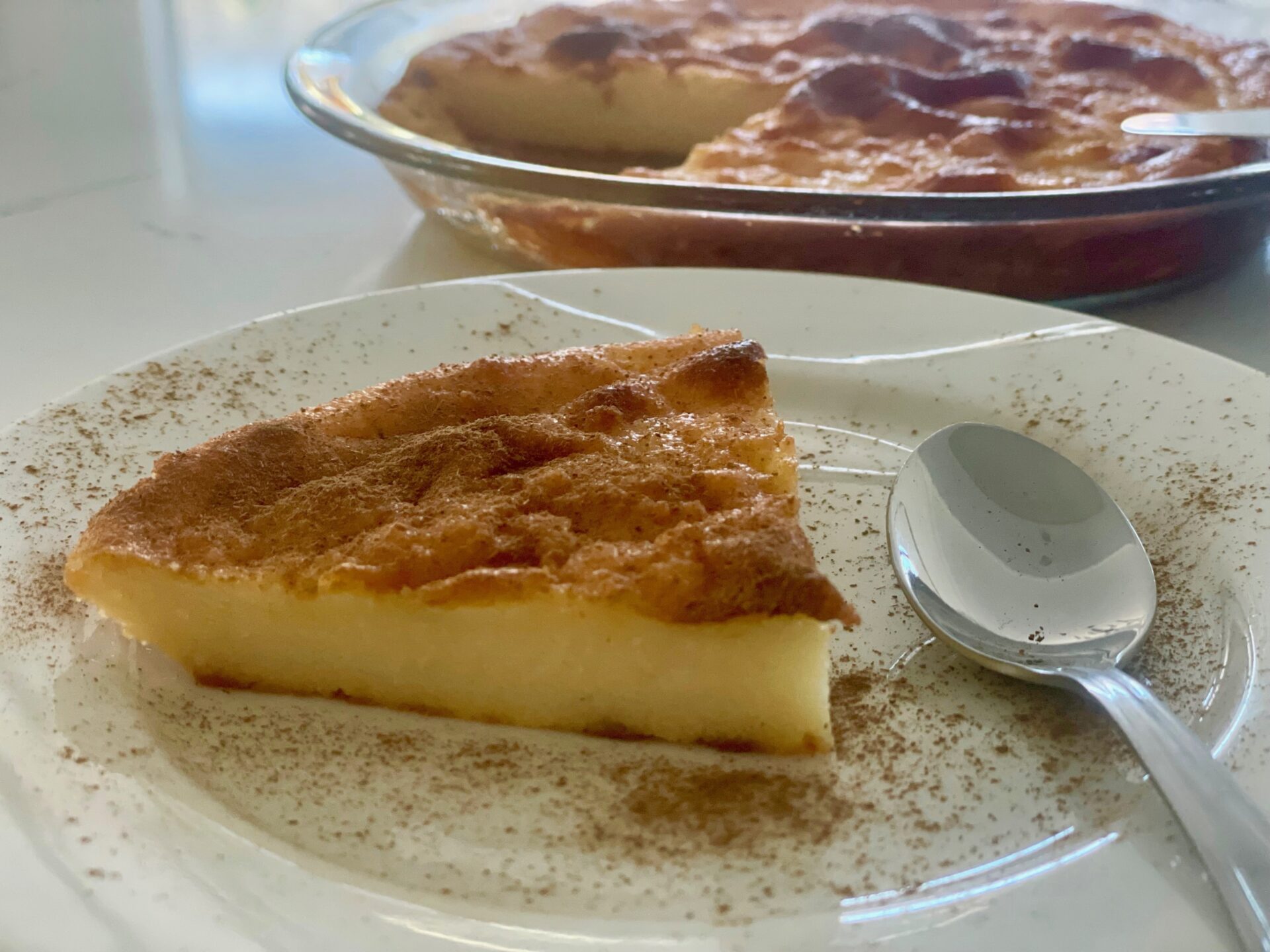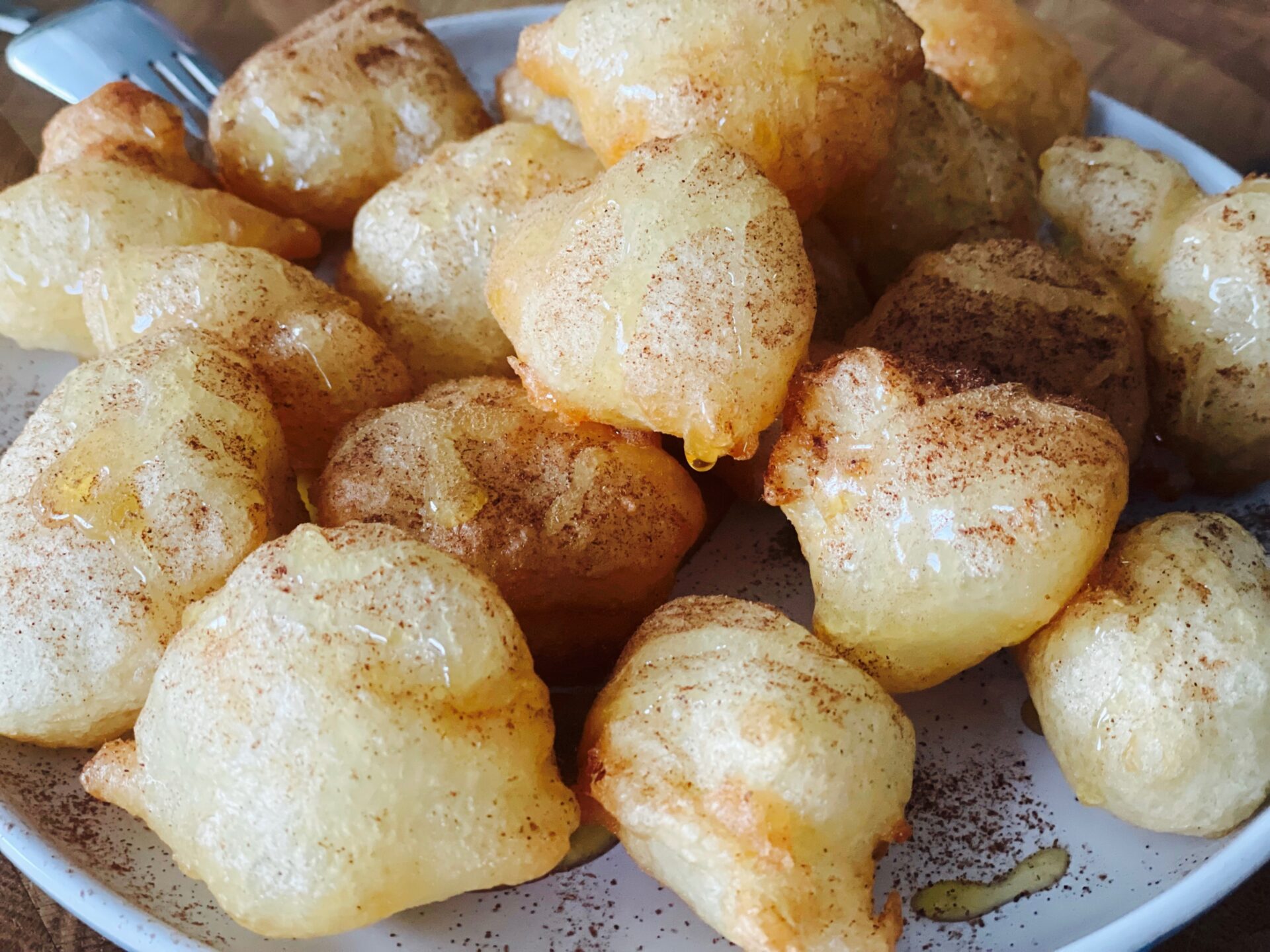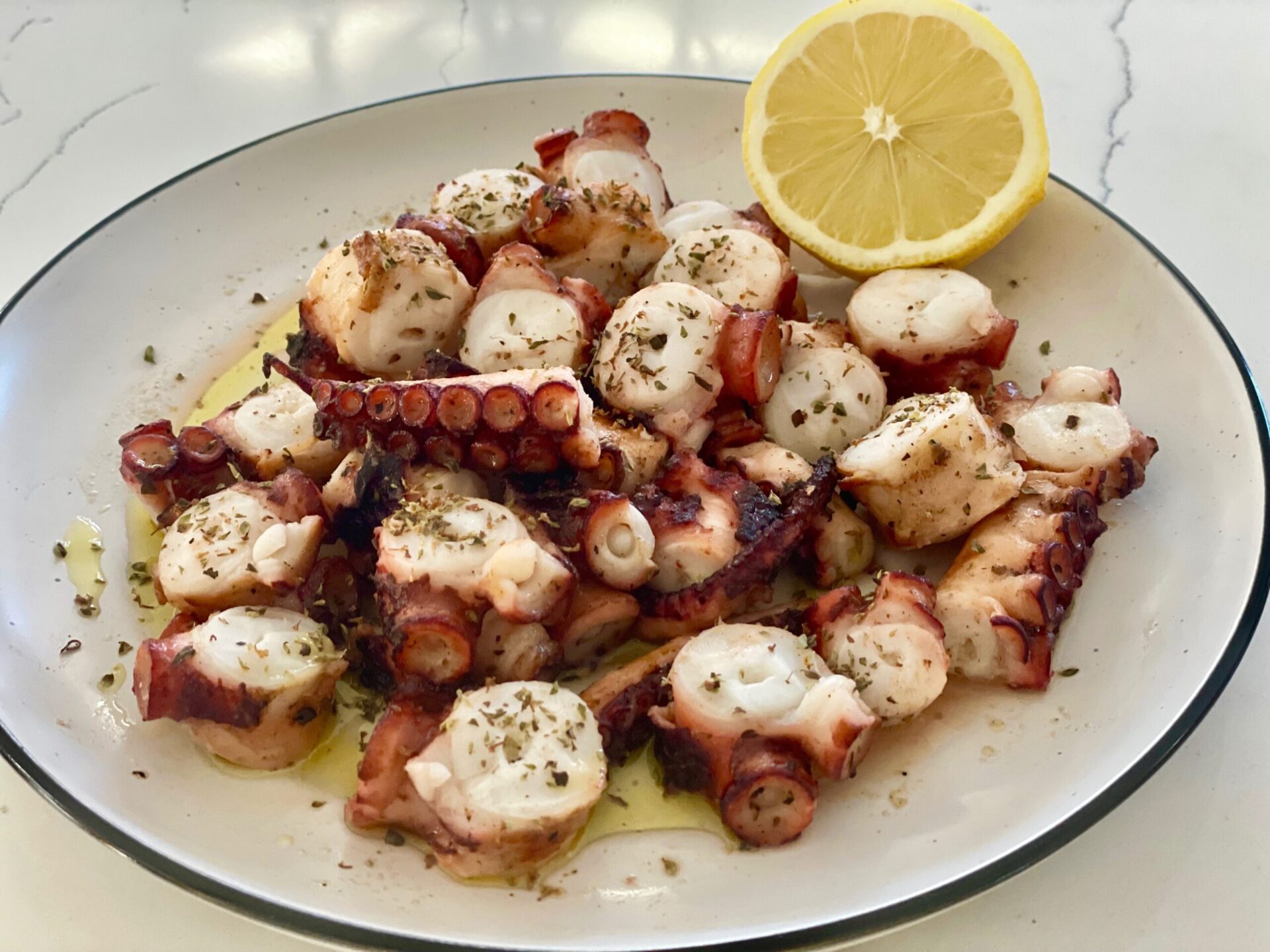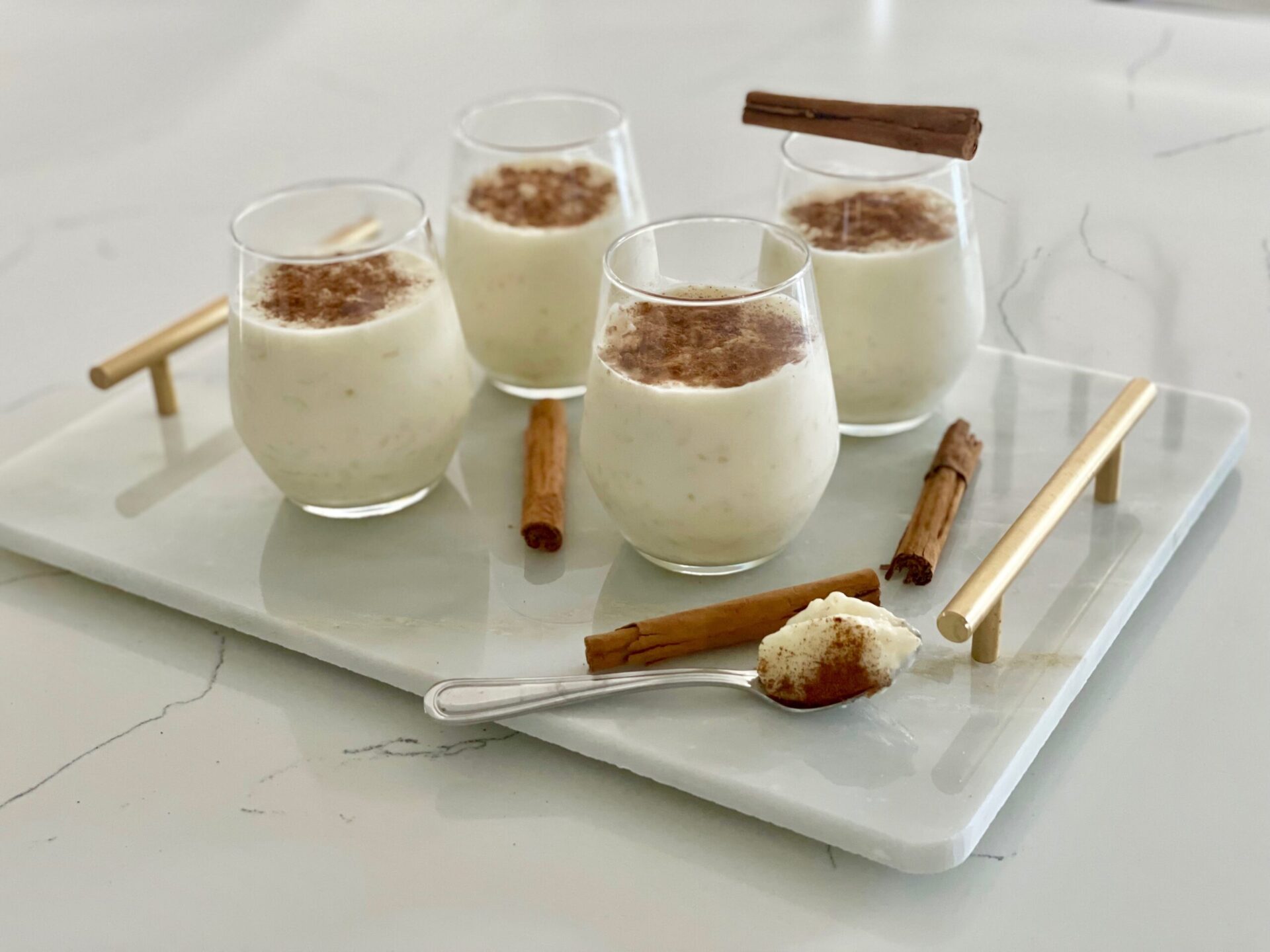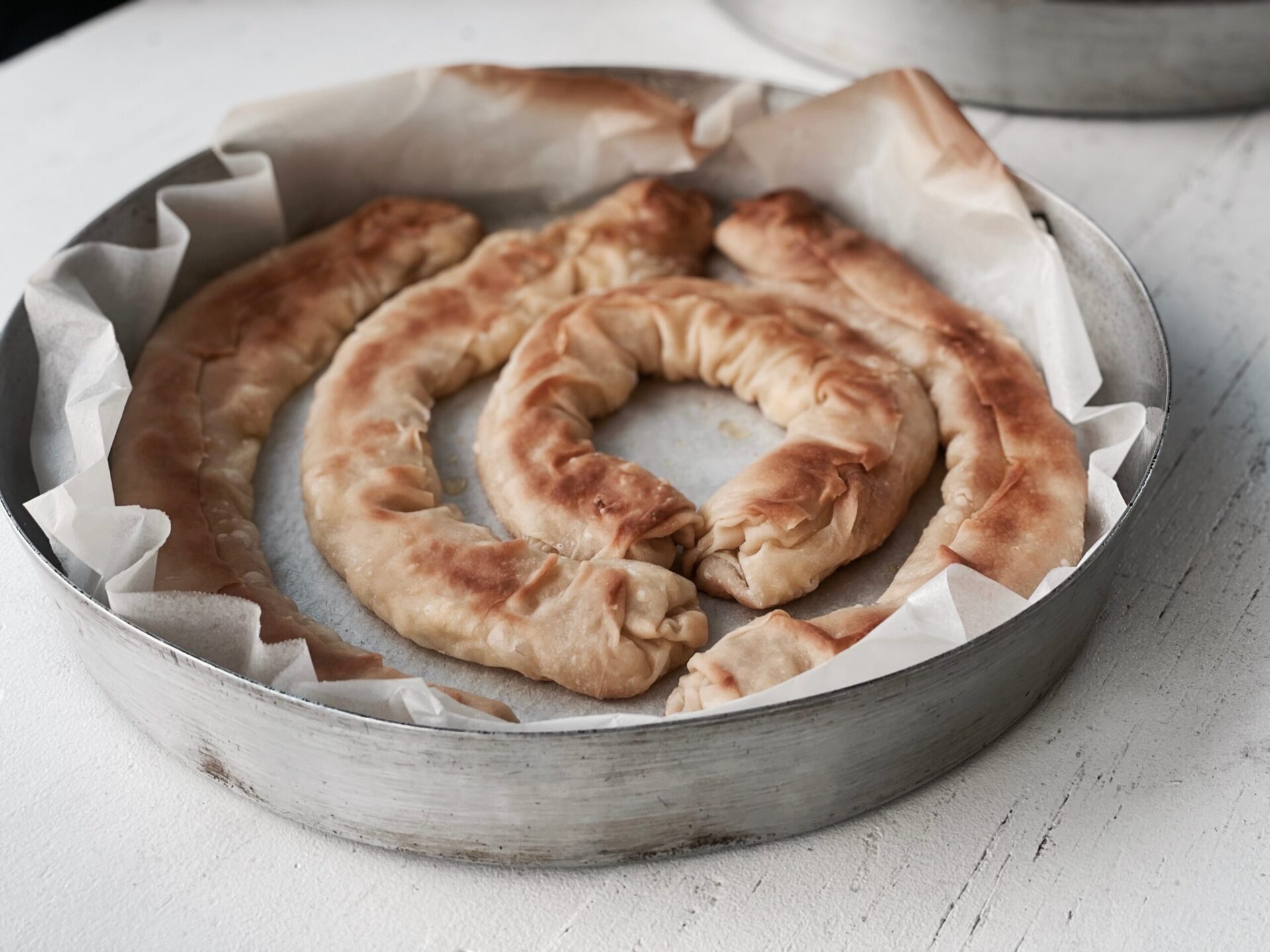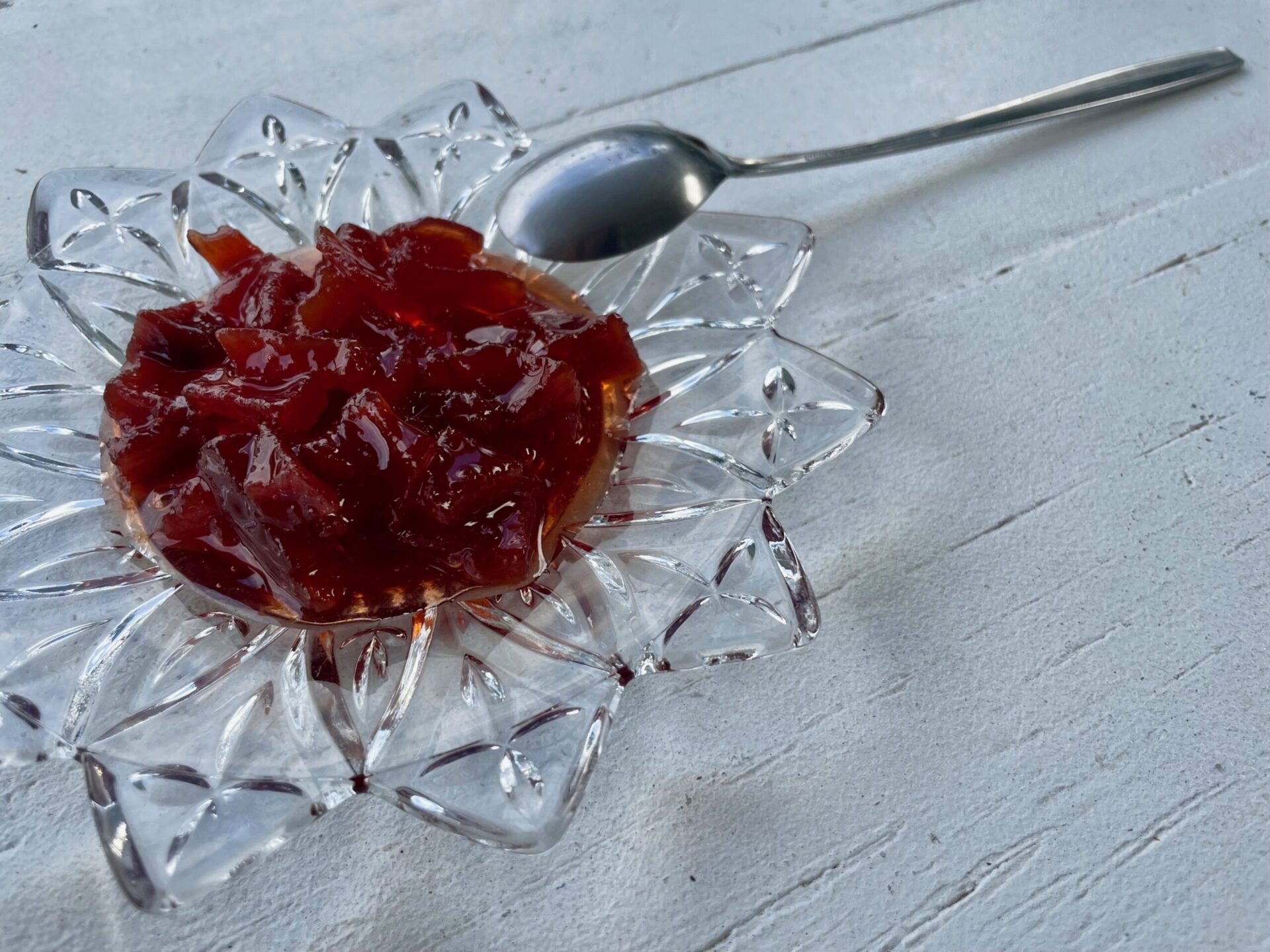The anise flavour of ouzo and the sweetness of watermelon come together in this granita to make the perfect after-dinner digestif that’s best served on a warm summer’s night.
Serves 4
Ingredients
-230 g (1 cup) caster (superfine) sugar
-50 ml (13/4 fl oz) freshly squeezed lime juice
-1 kg (2 lb 3 oz) watermelon, peeled and roughly chopped
-80 ml (1/3 cup) ouzo
-large handful of mint leaves, finely chopped, plus extra leaves to serve
Method
-Place the sugar and lime juice in a saucepan over low heat, bring to a simmer, stirring, for 5–6 minutes, until the sugar is dissolved. Remove from the heat and allow to cool.
-Meanwhile, place the watermelon in a blender and blitz until smooth. Strain the juice through a fine-mesh sieve into a measuring jug (you will need 600 ml/201/2 fl oz of juice) and pour into the lime sugar syrup, along with the ouzo and chopped mint, stirring to combine.
-Pour the granita mixture into a 1 litre (34 fl oz) capacity shallow tray and freeze for 1 hour. Use a fork to scrape the mixture from the edges of the tray into the centre, then spread out again. Return to the freezer for 30 minutes and repeat the process until the granita is completely frozen into a sandy texture of ice crystals.
-To serve, scoop the granita into glasses and top with extra mint leaves.


This recipe has been shared with IN+SIGHTS GREECE courtesy of Helena and Vikki Moursellas.
You can find this recipe and many more Greek feast ideas in their new book Peinao, out now.


